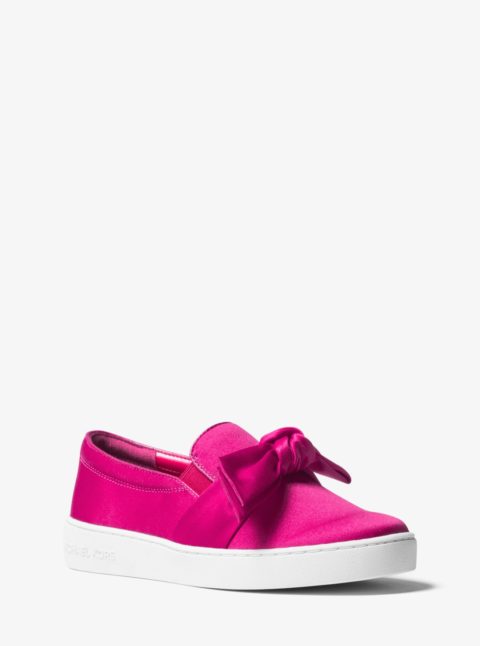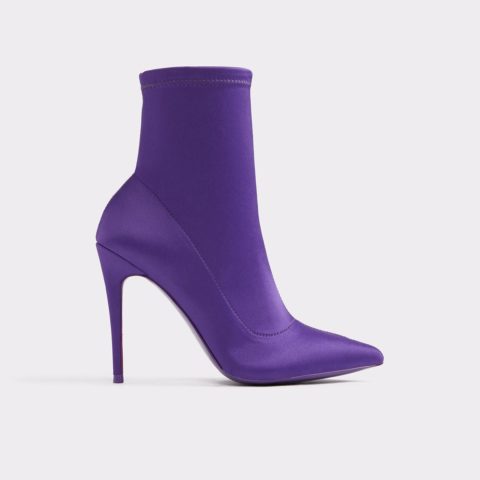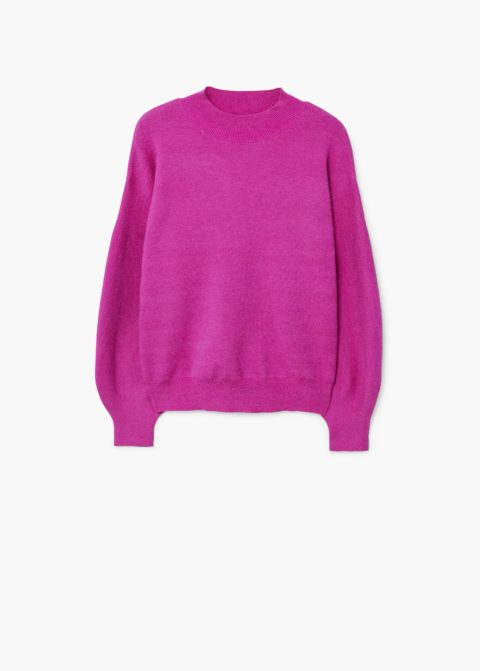My Closet is All Black and I Don’t Know Why
A few months back, I was preparing to interview Sander Lak, the creative director of New York-based fashion label Sies Marjan. My research was done and my questions were ready, but then an unexpected bout of panic set in. What was I going to wear that wasn’t black and white?
Before launching Sies Marjan, Lak worked with Dries Van Noten, so he understands how to create beautifully made pieces that pop with colourful painterly emotion. Vogue.com fashion writer Maya Singer wrote: “It’s hard to think of a designer currently working who’s nervier with his palette.”
Sies Marjan wasn’t the only label to show this type of “nerve” for summer. There were hot pink leggings at Balenciaga and Prince-worthy purple singlet tops at Alexander Wang, but the colour of the season was yellow. Yes, this shiny, happy hue appeared in Valentino gowns, in Hermès day dresses and even in floor-length evening looks at the normally muted Rick Owens. The Pantone Color Institute dubbed the bright shade Primrose Yellow, a hue that “takes us to a destination marked by enthusiasm, good cheer and sunny days.”
I’m cheery—at least most days—so why don’t I even think of wearing anything yellow? As a teen, I loved wearing colour, but over the years my palette has faded. I wasn’t even fully aware of this until my six-year-old brought home an assignment entitled “5 Things About Mommy” and next to “Favourite Colour” it read “Black.” How did that happen?
I reach out to Michele Bernhardt, author of Colorstrology: What Your Birthday Color Says About You, a book that assigns colours to every day of the year. She assures me that I’m normal. “Our favourite colours often change throughout the years,” she says. Bernhardt also explains that powerful people are often drawn to black because it helps contain their power and energy. “It’s like a uniform and can help with focus and structure,” she says.
Susan Anderson, a professor of colour theory at George Brown College in Toronto, tells me that our associations with colour are strongly influenced by our culture, but, she adds, a society’s perception of colour can change. For instance, black was once associated with the dress code of European immigrant women. After models and socialites embraced the colour, it was considered chic. For some young people, an all-black ensemble was a way to signal a real, or imagined, transgressive lifestyle.
“Even if black is still associated with elegance and sophistication, it has lost its shock value and become mainstream,” she says, adding that people gravitate toward a certain palette because it represents how they see themselves and where they feel the most secure.
Hmm…what does my affection for dark clothing say about me? It isn’t about power; I suspect it’s more about my not taking the time to shop with a sense of adventure—shopping goes faster when you only wear black. But perhaps it’s time to be a little nervier. With that in mind, I head to designer Jennifer Torosian’s Toronto studio, where I pick out a seriously bright Mountie red wrap skirt. On the skirt’s maiden outing, one colleague says approvingly: “You don’t usually wear red. It looks good!” Two weeks later, I accept an invitation to meet with a personal shopper at Topshop and leave with three great finds: A dark navy romper, black platform boots and a black blazer. This colour barrier is going to be much harder to break than I thought.
The post My Closet is All Black and I Don’t Know Why appeared first on FASHION Magazine.















